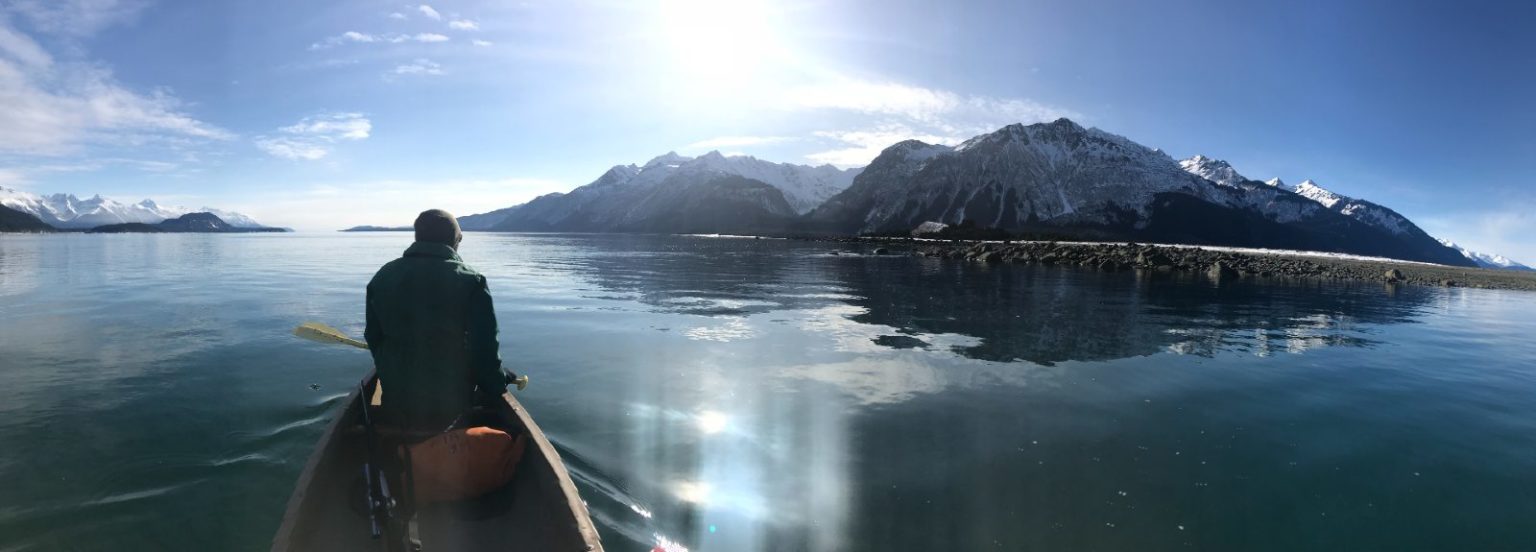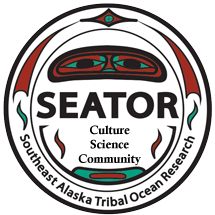Home > Heavy Metal Contamination
Heavy Metal Contamination
SEATOR’s primary purpose is to ensure that Tribal citizens and community members can safely harvest and consume traditional foods. One of the most prized traditional foods is harbor seal, harvested for its meat, oil rendered from its blubber, and its hide. Unfortunately, harbor seals’ long lives and high trophic level make them susceptible to bioaccumulating toxins, especially mercury and heavy metals, posing a risk to traditional harvesters. Despite harvester concerns about toxins, seal and other marine mammals are not regularly tested for heavy metal contamination.

To address this data gap, the Sitka Tribe of Alaska (STA), the University of Alaska Fairbanks (UAF), and the University of Arizona are collaborating to collect baseline data on the total mercury and other heavy metal contamination levels in harbor seal throughout Southeast Alaska. A muscle sample and a liver sample will each be collected from three seals harvested by Tribal citizens in 2018. Samples will be sent to UAF for analysis. UAF will conduct total mercury analysis on a DMA 80 Total Mercury Analyzer™ using EPA Method 7473. All other metals will be analyzed by EPA Method 6020 on a Perkin-Elmer Elan DRC II™ Inductively Coupled Plasma/Mass Spectrometer.
Seal have already been sampled in Sitka Sound and Pyramid Island near Haines. Check back soon for more information and results!
Want to Help? Contact SEATOR if you want to donate part of your seal harvest to this baseline data study.
For more information contact STA’s Environmental Lab Manager Kari Lanphier (kari.lanphier@sitkatribe-nsn.gov) or email seator@sitkatribe-nsn.gov.
All photos supplied by Ted Hart, Chilkoot Indian Association.
